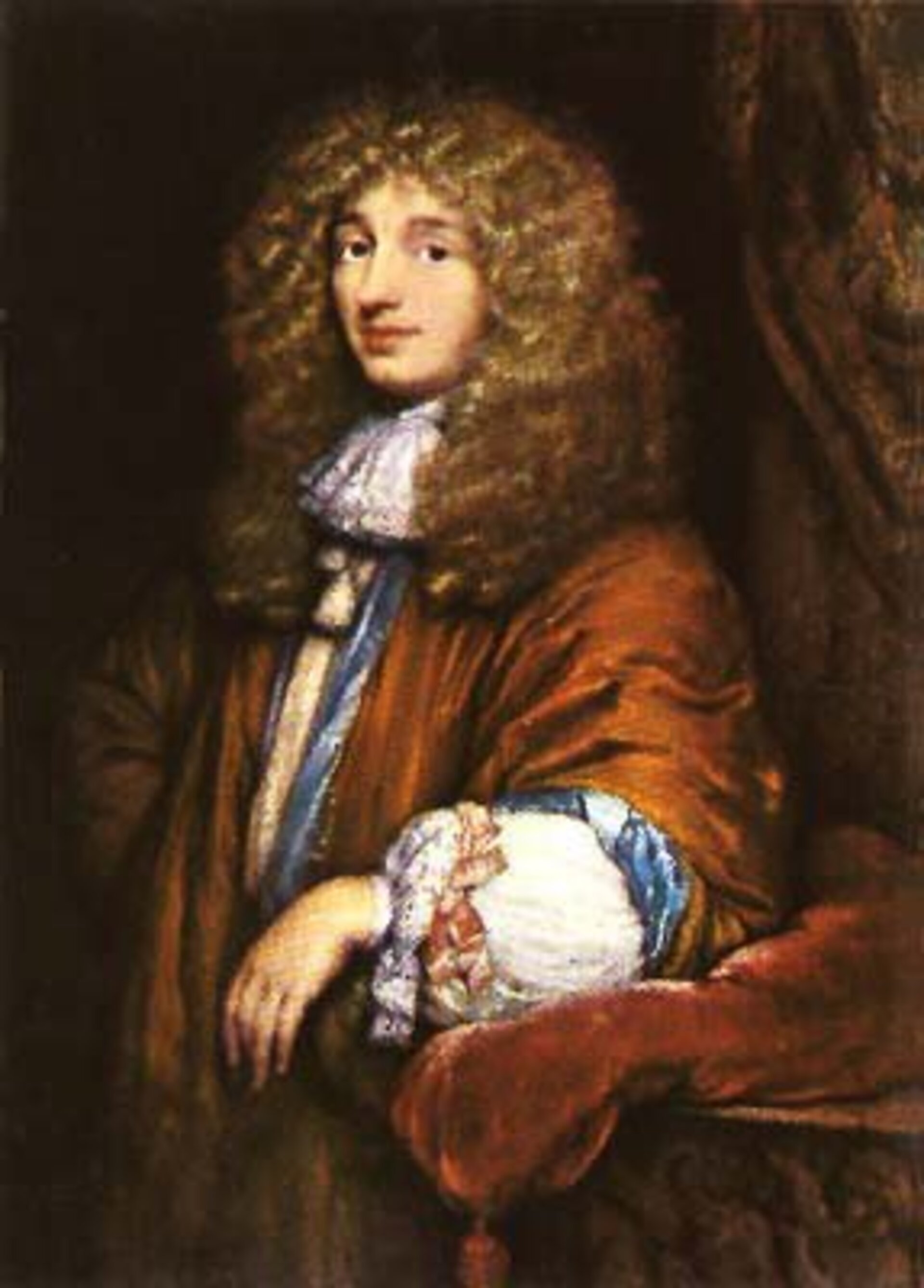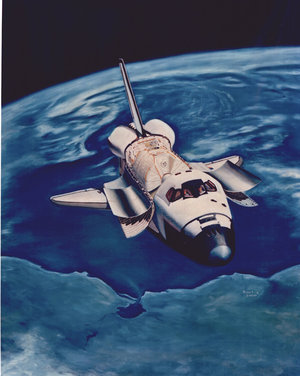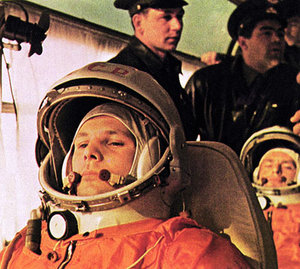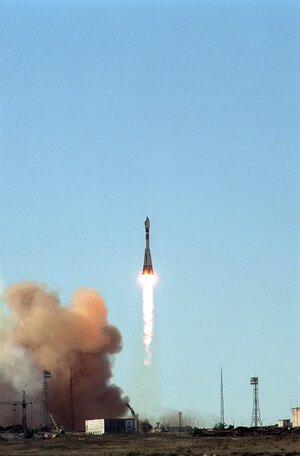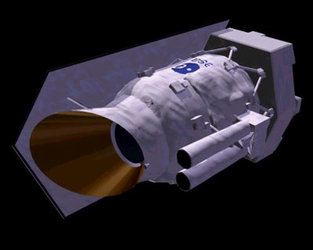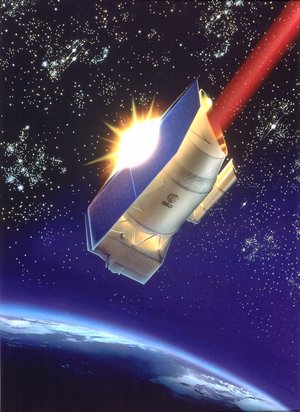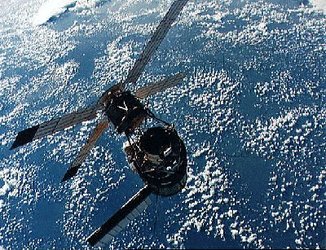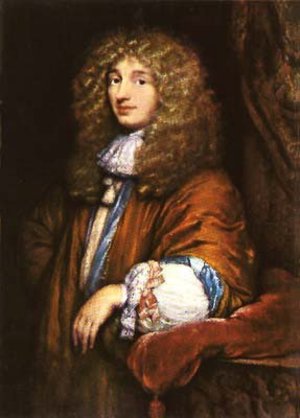14 April
1629: On 14 April 1629, Christiaan Huygens was born.
Shortly after Galileo had first used a telescope for astronomical purposes, many other scientists decided to use this new instrument to perform their own studies. Many realised that the improvement of the quality of the telescope could mean the chance to make history in astronomy.
Huygens applied himself to the manufacture of telescopes, together with his brother Constantijn, and soon after developed a theory of the telescope. He discovered a law of refraction to derive the focal distances of lenses. He also realised how to optimise his telescopes by using a new way of grinding and polishing the lenses.
In 1655, he pointed one of his new telescopes towards Saturn with the intention of studying its rings. He was very surprised to see that, besides the rings, the planet had also a large moon. This is now known as Titan. In 1659 he discovered the true shape of the rings of Saturn.
Another Dutchman, Hans Lippershey, an eyeglass maker, had first offered the invention of the telescope to the Dutch government for military use. The government did not proceed with the idea. From Lippershey, Galileo picked up the idea of building a telescope for astronomical research. Huygens, by his own efforts and too late for Lippershey, demonstrated how important the telescope was.
Huygens also discovered that the pendulum could be a regulator of clocks and in 1673 he famously published his work 'Horologium Oscillatorium'.
In 1689 Huygens went to London and met Sir Isaac Newton. Newton was a firm upholder of the corpuscular theory of light. On the contrary, Huygens formulated a wave theory of light. Newton’s reputation at the time, caused scientists to favour Newton's theory - it took more than a century to give the right emphasis to the theory of the Dutch scientist.
The NASA/ESA Cassini-Huygens mission to Saturn and Titan is now giving honour to the Dutch scientist. In 2004, over 300 years after Huygens’ discovery, Titan is visited by a probe from Earth.


